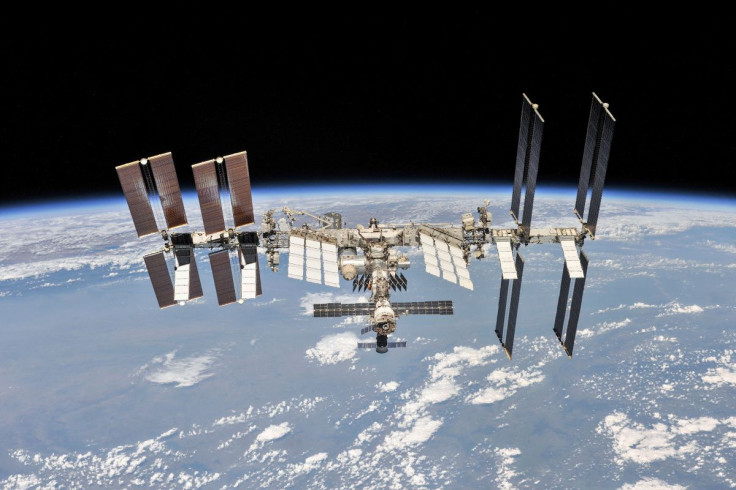Why A Company Blew Up An Inflatable Space Habitat On Purpose [Watch]
KEY POINTS
- Sierra Space announced the success of a recent test for LIFE Habitat
- It shared a video of the inflatable habitat exploding
- LIFE Habitat will be part of one of the industry-led space stations that received NASA funding
A company has blown up an inflatable space habitat and shared a rather exciting video of the moment.
The intense explosion can clearly be seen in the video that Sierra Space, a commercial space company, posted on social media Wednesday. In it, one can see the moment that the habitat burst as well as the process that led up to it.
"During the Accelerated Systematic Creep Test for the subscale LIFE Habitat, the inflatable unit's pressure shell burst after over 150 hours, exceeding NASA's short-term recommended creep duration target of 100 hours," the company noted on Twitter.
During the Accelerated Systematic Creep Test for the subscale LIFE Habitat, the inflatable unit's pressure shell burst after over 150 hours, exceeding NASA's short-term recommended creep duration target of 100 hours.
— Sierra Space (@SierraSpaceCo) January 31, 2023
YouTube: https://t.co/5LnWMBMy2r#NASA #Space pic.twitter.com/IJvY6gJJkc
LIFE Habitat, which stands for Large Integrated Flexible Environment, is the inflatable, three-story module that would allow humans to live "in low-Earth orbit and beyond," the company explained in a release.
The Accelerated Systematic Creep Test, which was the latest test for the LIFE Habitat, is a "destructive" materials stress test wherein a subscale version of the unit was loaded with pressure over time until it fails, the company explained. This is the third such stress test for the inflatable habitat, and this time it was tested for the time duration before it failed.
NASA certification requires the module to maintain the pressure for at least 100 hours. The explosion happened beyond 150 hours, exceeding the agency's recommendation.
With three such stress tests in the last six months, this shows, the company said, its lead in the market.
The test also demonstrated that the habitat passed the on-orbit performance requirement of 60 years, Shawn Buckley, LIFE chief engineer and senior director of engineering at Sierra Space, said in the company release.
"(W)e must ultimately prove we're viable for 60 years," Buckley reportedly said. "Based on data from this first subscale creep test, we well exceeded the on-orbit mission performance requirement of 60 years for inflatable structures within our current architecture."
LIFE Habitat is a collaboration between Sierra Space and Blue Origin and will be a part of the Orbital Reef space station — one of the industry-led space stations that received NASA funding as a part of its efforts "to enable a robust, American-led commercial economy in low-Earth orbit."
The other companies that received NASA funding to create a successor to the aging International Space Station are Nanoracks and Northrop Grumman.
"LIFE Habitat represents the essential technology developments needed to one day enable humans to live and work in space," Sierra Space CEO Tom Vice said in the release. "These results will propel us in 2023 as we mature the technology via full-scale development and continue toward full NASA certification."
A second subscale Systematic Accelerated Creep Test will be done early in 2023, while a test on a full-scale LIFE Habitat will be performed later in the year.

© Copyright IBTimes 2025. All rights reserved.






















